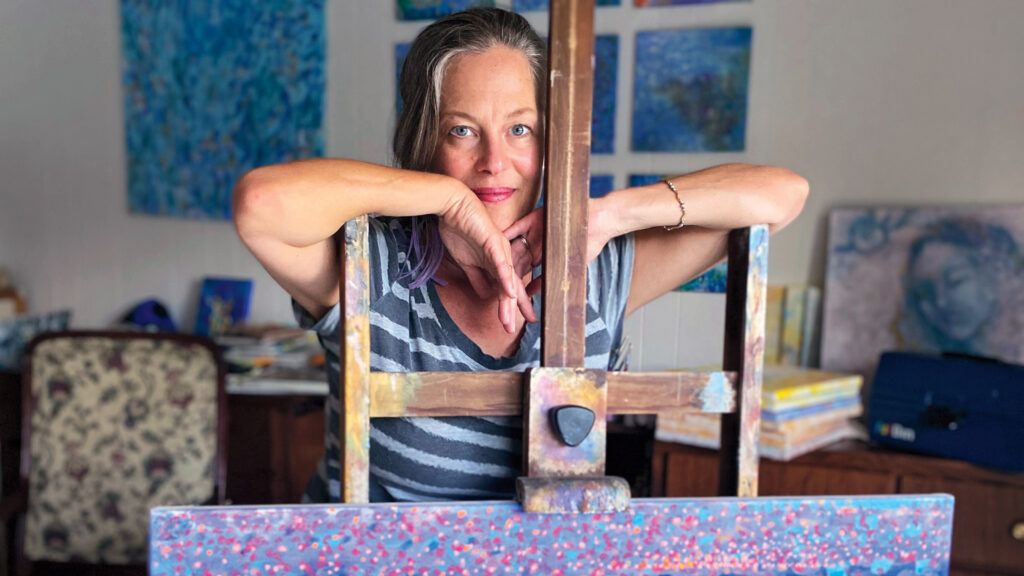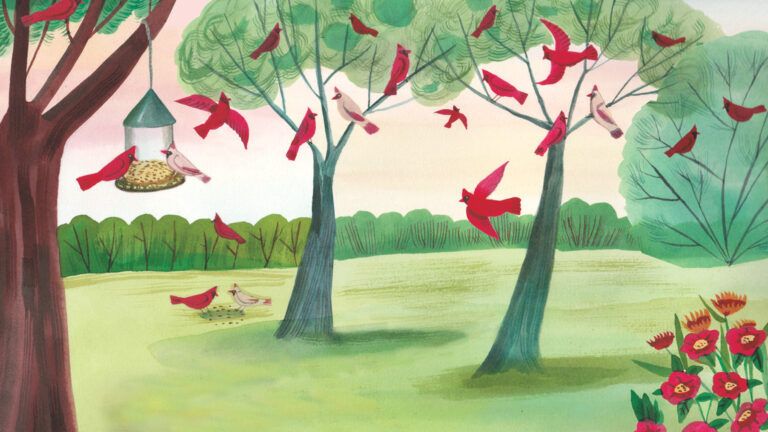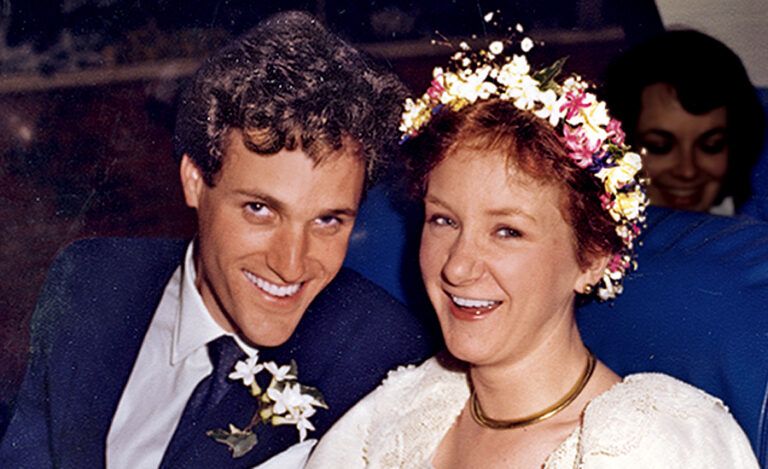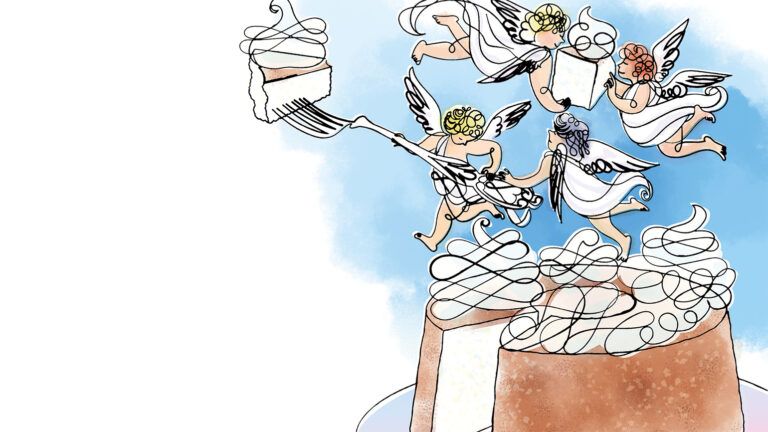Now that I was teaching my visual arts classes remotely instead of in person, I was spending a lot more time in my studio. I missed the classroom setting, with all those budding young artists working toward their dreams right under one roof. But I also found new inspiration, surrounded by the stacks of old sketchbooks I’d kept stored in my studio. Sketchbooks going back to when I was a young art student myself. They were full of ideas for paintings I wanted to create someday—far too many to complete in one lifetime. Between classes one day, I picked up a sketchbook at random and looked at the date I’d written on its cover: 1985.
Being an artist had been my dream since I was old enough to hold a crayon. My family had always encouraged my passion. In fact, my grandfather, who was born in Bologna, Italy, proudly revealed that I was descended from a Renaissance painter named Bernardino Lanino. In some ways 1985 was the year I came into my own as an artist. As a junior studying fine art at the Pratt Institute in New York, I spent a semester abroad that year, in Florence, Italy.
Beyond art history circles, Bernardino wasn’t very well known in the United States. But he was a popular artist in Italy. So when there was a large exhibition commemorating 400 years of the painter’s death, my art history teacher asked me if there was a family connection. “The exhibit is in Vercelli, north of Florence,” she said. “You really shouldn’t miss it.”
I didn’t. I took the train to Vercelli, and even now, as I opened the trusty sketchbook I’d carried there with me, I could still picture the rice fields of the Italian countryside speeding by outside my window seat. I was 21, filled with excitement and armed with a blank sketch pad I’d devote to my ancestor’s work.
At the exhibit, I learned details of Bernardino’s life beyond any my grandfather had relayed. Bernardino Lanino (also called Lanini) was an artist in the Leonardo da Vinci tradition, and he was said to have come from a family of artists and musicians. Bernardino’s own three sons became artists as well, creating a Lanino dynasty.
My sketchbook was filled with dozens of drawings and notes I’d made that day. As I flipped through the pages, I recalled the ethereal glow that seemed to fill the room where his paintings had hung floor to ceiling.

Like many artists of his day, Bernardino focused on religious themes. The Madonna and child. Christ on the Cross. Heaven. But in person I could look closely at his work and see his personal touches. Bernardino was fond of adding angelic “putti” on his canvases. (The singular of the word is “putto.”) A bit larger than the cherubs most people are familiar with, putti look similar to chubby toddlers with their angel wings and tousled hair. The figures turned up all over his work, kneeling in the manger, floating up in the clouds, peeking out from every corner of the canvas, often sitting with little dogs—another favorite detail. The putti played harps, cellos and lutes, much like the musicians in Bernardino’s family. I’d tried to capture the putti’s joy in the examples I’d copied into my sketchbook.
Bernardino worked in the sfumato style, a technique da Vinci favored. The word sfumato in Italian means “evaporated” or “vanished.” Fascinated by the way light fell on curved surfaces, da Vinci blended his colors to erase the borders between them. His brush strokes were so subtle that they were invisible on the canvas. Bernardino took this technique to a whole new level, blurring the shades of his brush strokes like mist. I used that very technique myself. Perhaps the style—like art itself—was in my DNA, a gift from the Lanino dynasty!
By the time I’d turned the final page of my old sketchbook, a new idea had formed in my mind. I would begin a new series, “Bernardino Reimagined.” I already knew what the first painting would be: a joyful little angel putto playing the cello, inspired by one of the frescoes I had copied that day in 1985.
I got to work right away, covering the canvas with cerulean, cobalt and ultramarine blues, then contrasted them with colored cadmium pigments of yellow and orange. The same colors I found in nature outside my California studio. My students loved the idea, and it was a teaching moment about inspiration finding us where we are. I blended the colors with misty brushwork, creating cool, ethereal textures reminiscent of the old frescoes. With a bridge to the past, my abstract shapes set my paintings firmly in the contemporary world.
Was it luck that my dreams of being an artist had put me in just the right time and place to see Bernardino’s work in person? Or that, years later, I’d be teaching from my studio where a new inspiration was unearthed? Perhaps Bernardino’s putti were watching over me, continuing to shape me into the artist I am today.
For more angelic stories, subscribe to Angels on Earth magazine.




